The American Mathematical Society Mathematical Moments program promotes appreciation and understanding of the role mathematics plays in science, nature, technology, and human culture.
A conversation about mathematics between the UK and USA from Pulse-Project.org
A podcast dedicated to sharing our guests' favorite mathematical results. Follow us on Twitter at @myfavethm.
Professor of Mathematics Marcus du Sautoy reveals the personalities behind the calculations and argues that mathematics is the driving force behind modern science. 10 Part Series
This podcast is an effort to promote visibility of women in mathematics. Inspired by the fact that women are vast minority in higher mathematics, Women in Math: The Limit Does Not Exist serves to increase enrollment and participation of women in mathematics and STEM courses.
A series of talks and lectures from Oxford Mathematicians exploring the power and beauty of their subject. These talks would appeal to anyone interested in mathematics and its ever-growing range of applications from medicine to economics and beyond.
Relatively Prime is a mathematics podcast all about the stories behind the Queen of the Sciences that Samuel Hansen dreamt up in an extreme bout of egotism and delusions of grandeur where they spent too long listening to Radiolab, This American Life, and Snap Judgment and began to think, “Hey, I could do that.”
"There is geometry in the humming of the strings, there is music in the spacing of the spheres." — Pythagoras
Counting, rhythm, scales, intervals, patterns, symbols, harmonies, time signatures, overtones, tone, pitch. The notations of composers and sounds made by musicians are connected to mathematics. The next time you hear or play classical, rock, folk, religious, ceremonial, jazz, opera, pop, or contemporary types of music, think of what mathematics and music have in common and how mathematics is used to create the music you enjoy.
Explore the connections between mathematics and music in the videos, podcasts, and articles here.
Podcasts
For these artists, math is their muse from Science News for Students

"Grid," by math artist Henry Segerman, explores mathematical concepts using projections. This 3-D printed sculpture is a patterned sphere. When light shines through the openings from above, the shadows form a square grid.

“Scorpion, Diamondback, and Phoenix” is a screen print by Robert Fathauer. The math artist, who lives near Phoenix, Ariz., used three repeating shapes to completely cover a surface.

“Seeing Pi” is a quilt by John Sims. It measures eight feet (2.4 meters) on each side. The color grid in the middle represents pi, a number that in decimal form goes on forever. Each color represents a digit of pi.
Although the work of M.C Escher is predominantly mathematically inspired, Escher never received any formal mathematical education. As a result, Escher’s understanding of mathematics heavily focused on visual aspects, of which he was fascinated by and spent ample time observing. M.C. Escher shared the common feelings of many mathematicians and physicists that abstract maths and physics concepts are often best explored by visual means.
For film buffs, there are plenty of movies involving mathematical concepts and/or famous figures in the discipline — both real and fictitious.
"Stand and Deliver" (1988)

Based on the experiences of real-life math teacher Jaime Escalante, “Stand and Deliver” earned an Academy Award nomination and two Golden Globe nominations, including a Best Actor nod at both events for Edward James Olmos’ portrayal of Escalante.
"A Brief History of Time" (1991)
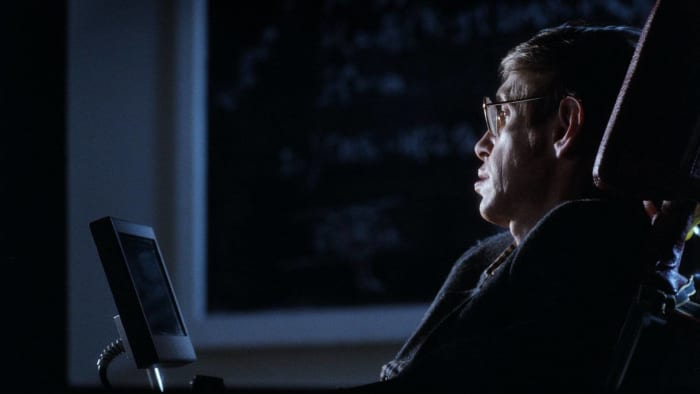
More than 20 years before the release of “The Theory of Everything,” the 2014 Oscar-nominated biopic about Stephen Hawking’s life, there was “A Brief History of Time,” a different biopic about Stephen Hawking’s life.
"Sneakers" (1992)
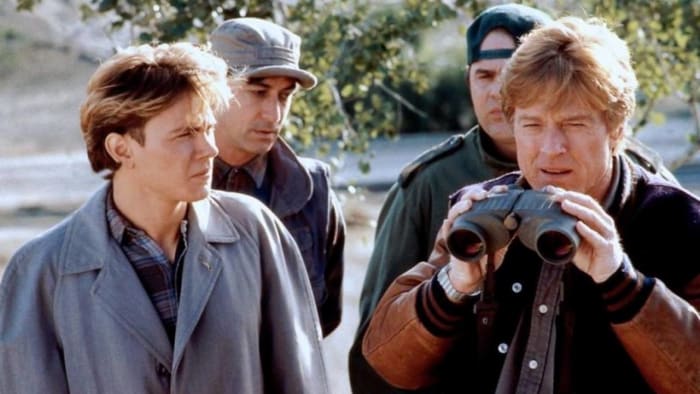
A spy caper about a group of hackers, techies and espionage experts who are tasked by the government to steal a code-breaking device, only to get tangled up in the investigation of a mathematician’s murder. For a lighthearted drama, the producers of “Sneakers” took the math aspects seriously and hired Leonard Adleman as a mathematical consultant. At the time, Adleman was mainly known for being the person who coined the term “virus.” However, he is now viewed as the father of DNA computing and was the winner of the 2002 Turing Award for his co-creation of the RSA encryption algorithm, which is now widely used in secure data transmissions.
"Infinity" (1996)
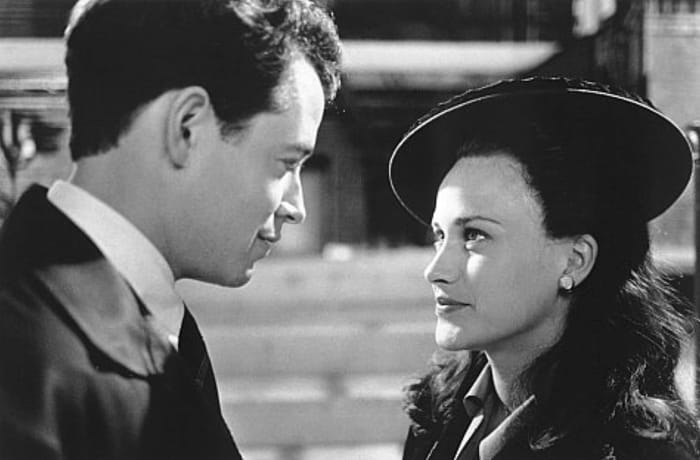
As a theoretical physicist, Richard Feynman spent a lot of time working with mathematics, most notably in the development of the atomic bomb during World War II and in the investigation of the Challenger space shuttle disaster, as well as on his major contributions to the fields of quantum mechanics, quantum electrodynamics (for which he won a Nobel Prize in 1965) and particle physics. Based on the semi-autobiographical books “Surely You're Joking, Mr. Feynman!” and “What Do You Care What Other People Think?” the 1996 film “Infinity” concentrated on two aspects of Feynman’s life: his relationship with his first wife, who tragically died of tuberculosis at the age of just 25, and his work on the A-bomb.
"Good Will Hunting" (1997)
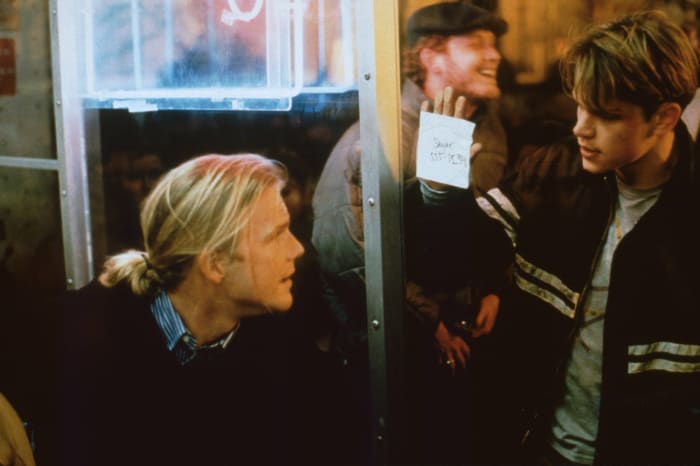
Will Hunting (Matt Damon) was a blue-collar janitor working at MIT, but with his self-taught, borderline-genius mathematical intellect, he was better suited as a grad student or faculty member. One night, while Hunting is secretly completing a complex math problem posted on one of the school’s blackboard, Professor Lambeau (Stellan Skarsgård) discovers Hunting’s capabilities and introduces him to psych professor Dr. Sean Maguire (Robin Williams) to dig deeper into Hunting’s lack of motivation and inner demons.
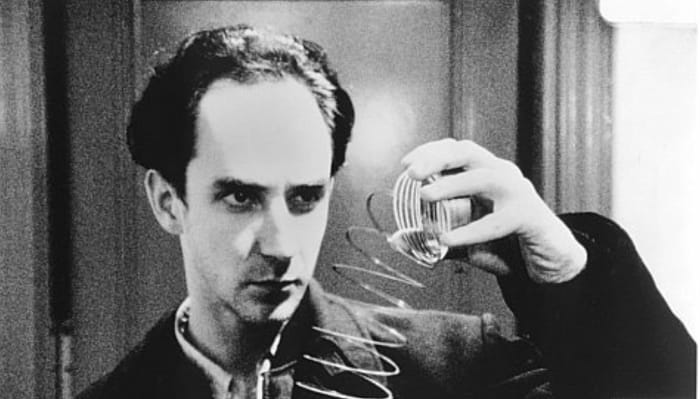
Filmed in black and white with an abbreviated runtime of 84 minutes, “Pi” centers on number theorist Max Cohen (Sean Gullette), whose life is as consumed with math and finding patterns as it is with constant headaches, paranoia, hallucinations and social anxiety. Intelligent and engrossing, the cerebral thriller earned Aronofsky a Best Director award at Sundance and a Best First Screenplay honor at the Independent Spirit Awards.
A Beautiful Mind (2001)

John Nash (Russell Crowe), a math genius bored with his job at MIT, is excited to accept a new gig working for the Pentagon and searching for clues hidden in plain sight that supposedly point to the location of a Soviet bomb. However, Nash’s new boss and job turn out to be figments of his imagination after he’s diagnosed with paranoid schizophrenia. In danger of losing his family, his freedom and his sanity, Nash must find a way to use his powerful mind to control itself. Based on the true story of mathematician John Nash, the 2001 drama “A Beautiful Mind” capitalized on half of its eight Academy Award nominations, including wins for Best Picture, Director (Ron Howard), Adapted Screenplay (Akiva Goldsmith) and Supporting Actress (Jennifer Connelly).
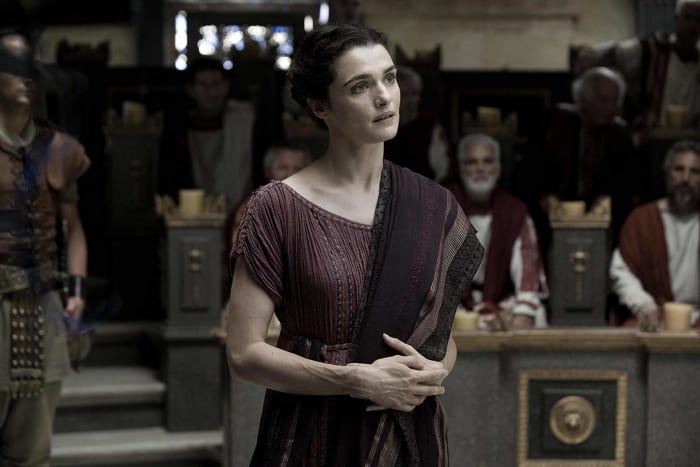
Ever wonder who was the first female mathematician in recorded history? That distinction goes to Hypatia, who was also a philosopher and astronomer and lived in the Roman province of Egypt in the fourth century. At a time of religious turmoil, she both preserved and taught knowledge from the classical era, even though it eventually cost Hypatia her life. The influential figure was portrayed by Rachel Weisz in the 2009 Spanish film “Agora,” which debuted at Cannes and eventually became Spain’s highest-grossing film of the year and the recipient of 13 Goya Award nominations.
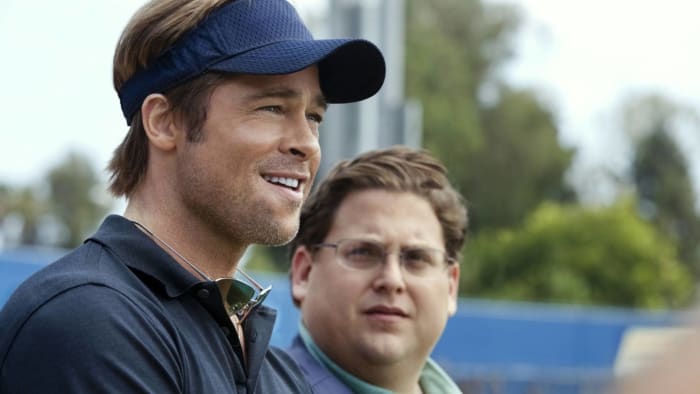
Prior to the 2002 MLB season, Oakland A’s general manager Billy Beane (Brad Pitt) takes the advice of young Yale alumnus Peter Brand (Jonah Hill), who suggests signing players based on their on-base percentages and other advanced stats called sabermetrics, in lieu of following traditional scouting techniques. Without spending money on big-name players, Oakland ends up having a historic season. This is no fiction tale; it’s what really happened some 17 years ago (other than the fact that Brand’s real name is Paul DePodesta), and sabermetrics have been reinventing the game ever since.
"The Theory of Everything" (2014)
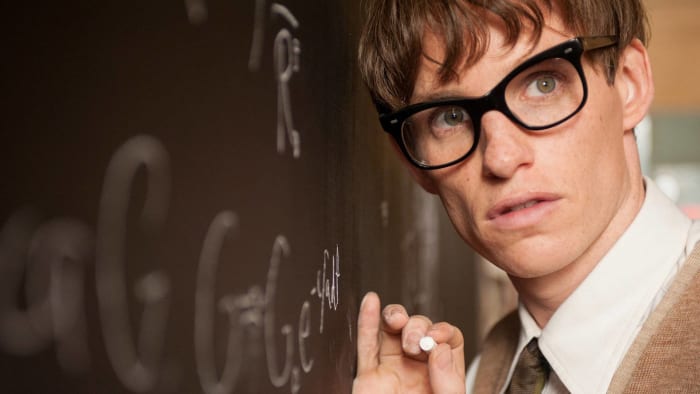
While the film (and book) “A Brief History of Time” was written by the late Stephen Hawking, “The Theory of Everything” is based on the book “My Life with Stephen” by Jane Hawking, his wife of 30 years. In the 2014 romantic drama, Jane was played by Felicity Jones, while Stephen was portrayed by Eddie Redmayne, who won Best Actor honors at both the Golden Globe and Academy Awards.
"The Imitation Game" (2014)

Based on the life of Alan Turing and the biography “Alan Turing: The Enigma,” “The Imitation Game” earned near-universal acclaim, an Academy Award for Best Adapted Screenplay (Graham Moore) and seven additional nods. Benedict Cumberbatch portrayed Turing, a brilliant British mathematician and cryptanalyst who led a code-cracking team that aided the Allies during World War II. Although respected in retrospect and now considered the father of theoretical computer science and artificial intelligence, Turing’s brilliance wasn’t fully recognized during his lifetime, partly due to his prosecution for homosexuality in 1952.
"The Man Who Knew Infinity" (2015)
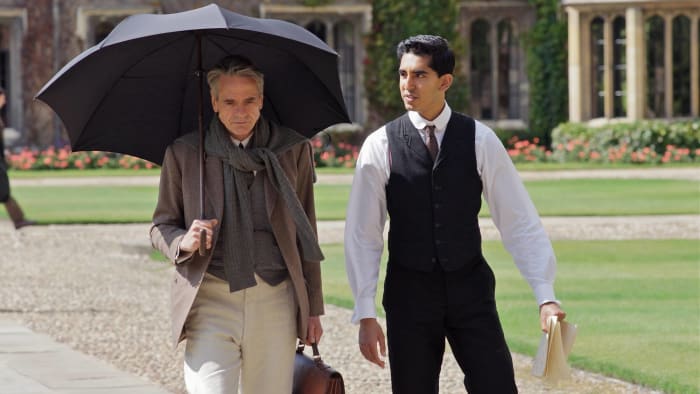
Srinivasa Ramanujan was a brilliant mathematician who grew up poor in India but eventually attended Cambridge and contributed heavily to the field of mathematics in his brief life. Even though he died in 1920 at age 32, his research continued to be confirmed, and it still inspires new areas of research to this day.
"Hidden Figures" (2016)
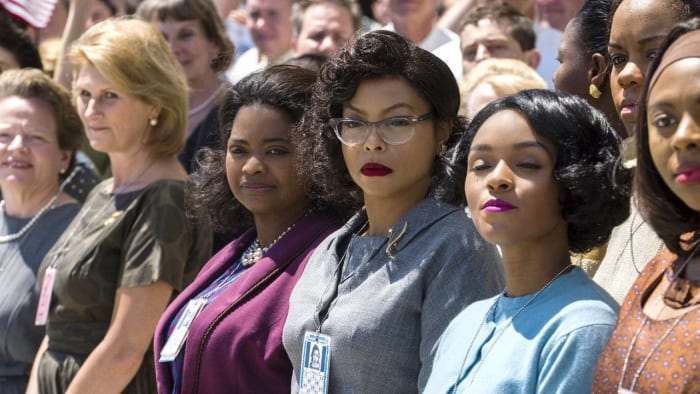
Nominated for three Academy Awards (including Best Picture), “Hidden Figures” is the true story of the black female mathematicians who played a crucial role in the early days of the National Aeronautics and Space Administration. Taraji P. Henson, Octavia Spencer and Janelle Monáe portrayed real-life former NASA employees Katherine Goble Johnson, Dorothy Vaughan and Mary Jackson, respectively, with Spencer receiving Best Support Actress nominations at both the Oscars and Golden Globes.
